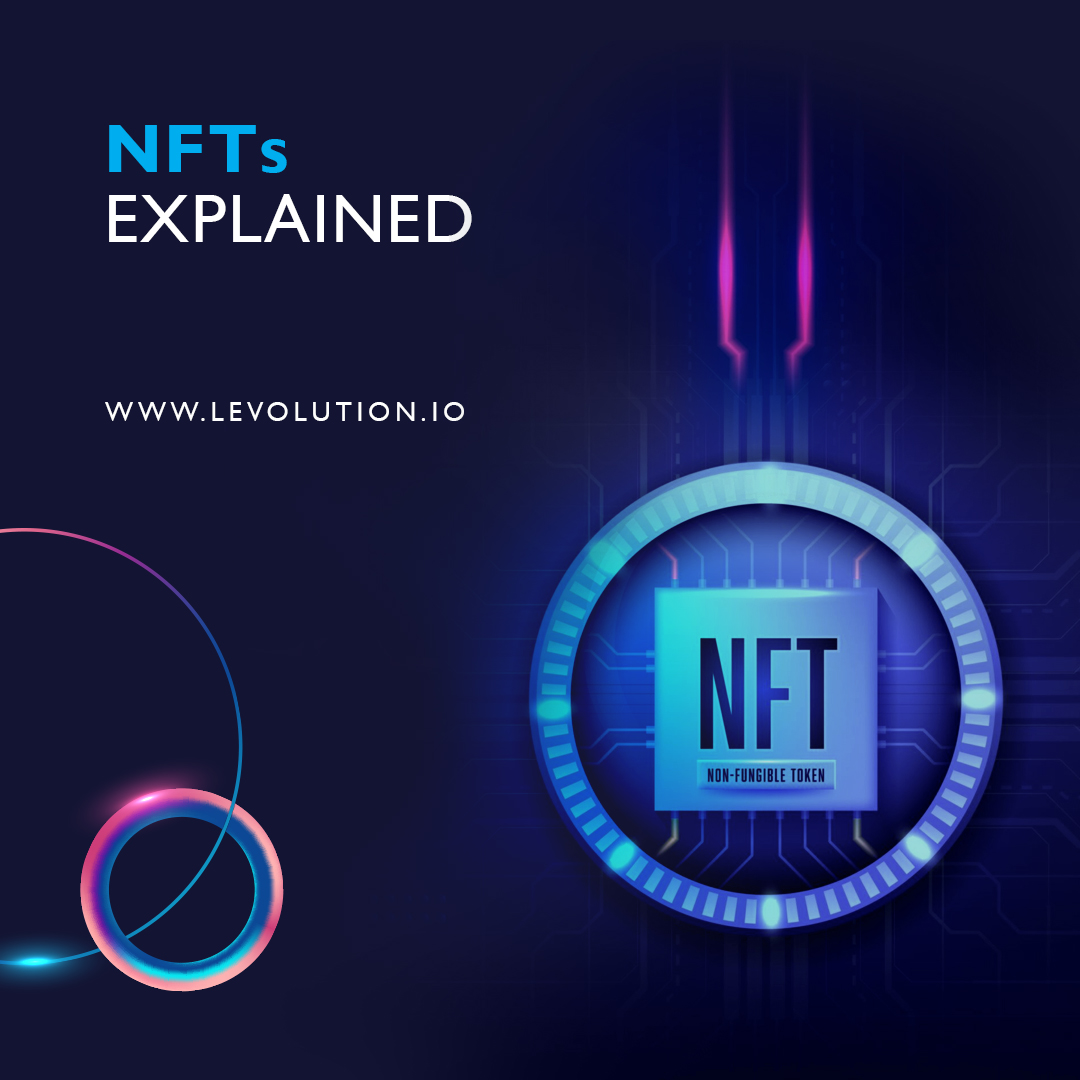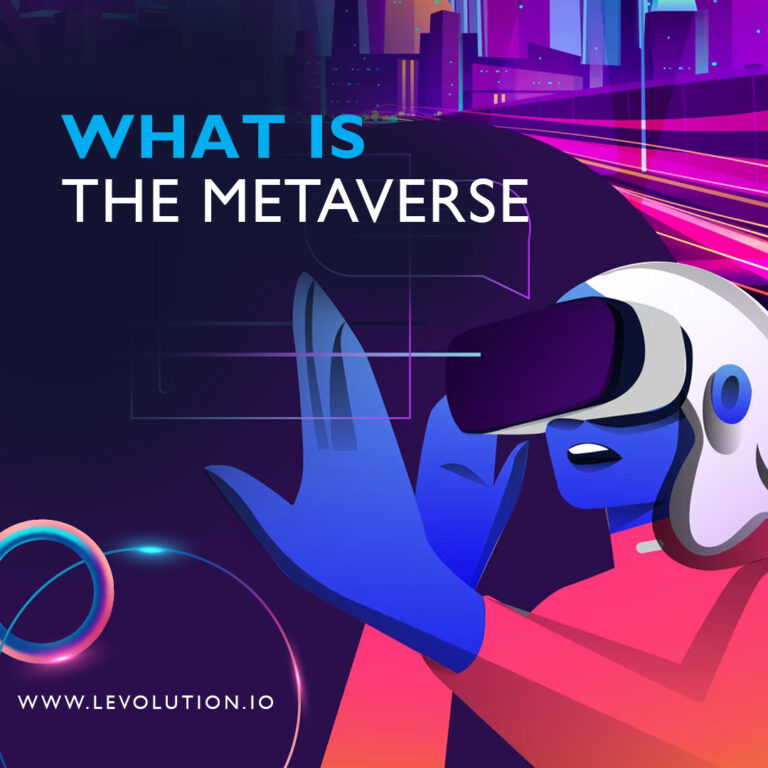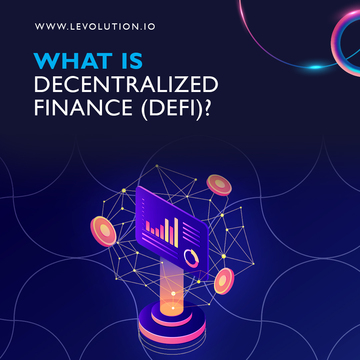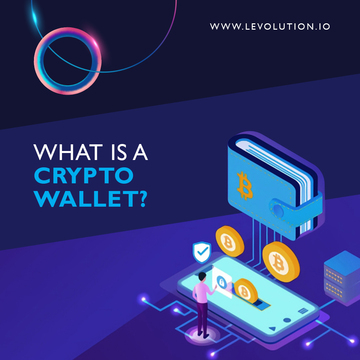NFTs Explained
• NFT Stands for Non-Fungible Token.
• They differ from traditional cryptocurrency assets due to the fact that they are indivisible and fully unique.
• NFTs originally launched on the Ethereum blockchain and were ERC-721 tokens.
• They initially raised in popularity due to their collective nature, being digital artworks.
• Over time, NFTs have been implemented in numerous other ways aside from collectibles, specifically in the realm of decentralized finance (DeFi).
NFTs have been considered a gold mine when it comes to the eyes of many cryptocurrency collectors.
This is mainly due to the fact that we have seen them sell for millions of dollars, such as Beeple’s NFT for $69 million.
CryptoPunk #7523 also sold for $11.8 million at Sotheby’s. We even saw clip art of a rock sell for 400 Ether or about $1.3 million, based on the value of ETH at the time it was sold. Even the World Wide Web source code NFT sold for $5.4 million.
From unique art pieces to songs, or even short clips of NBA dunks, NFTs have truly reshaped the way we see and buy collectibles.
So, what exactly are NFTs, and how do they work? We will be diving deep into the world of these Non-Fungible Tokens to teach you everything you need to know about them.
What Are NFTs?
NFT stands for Non-Fungible Token. This is a term that is used to define a unit of data stored on the blockchain, which certifies a property as unique, making it interchangeable. These properties are typically digital assets that can be bought, sold, or traded in a peer-to-peer market.
Non-Fungible Tokens (NFTs) are cryptocurrency assets. However, they differ from traditional cryptocurrency assets because they are “non-fungible”; meaning that each is unique and irreplaceable. In addition, they can be used to represent tangible and/or intangible items.
As a point of comparison, you have fungible coins or tokens. These are digital assets that can be exchanged because their value defines them rather than their unique properties. For example, if you have one Bitcoin, it can alwys be traded or exchanged with another Bitcoin for equak value.
The ERC-721 was the first standard to represent non-fungible digital assets on the Ethereum blockchain. Do tho the standard’s vast increase in popularity and value on the Ethereum network, over time, NFTs managed to find their way to other blockchains. This gave NFTs access to a plethora of use-cases.
To summarize, Non-Fungible tokens (NFTs) are designed to be:
• Cryptographically verifiable
• Unique and/or Scarce
• Easily Transferable
How do NFTs Work?
The creation of an NFT begins with a process called minting. These NFTs are minted through smart contracts. These smart contracts assign ownership and manage the transferability of the NFTs. When someone creates or mints an NFT, they execute code stored in smart contracts that conform to different standards. This information is added to the blockchain where the NFT is managed. This minting process includes several steps, including the process of creating a new block, validating the information in question, and recording the information to the blockchain.
That being said, NFTs have special properties which are associated with them. Each token minted has a unique identifier that is directly linked to its Ethereum address. This can also be an address on another blockchain, but here we are using Ethereum as an example.
NFTs contain information that is fully recorded within their smart contract. This information is what makes each NFT unique. With the use of smart contracts, nearly anything can be tokenized via NFTs. When you purchase an NFT using FIAT currency or cryptocurrency, you are essentially purchasing the unique token and the properties connected to it, whether those properties are tangible or intangible. This information is then registered on the blockchain and provides a record that you are indeed the new owner of the NFT. This is your proof of ownership certificate.
You need to keep in mind here that an NFT can have only one owner at a time. This ownership is fully managed through a uniqueID as well as metadata that no other token can replicate.
A smart contract is code executed deterministically based on the context of a blockchain’s network. This means that each participant within the network then verifies the operations that a smart contract’s code needs to make. Smart contracts are the primary way through which developers create and manage tokens onto a blockchain, as they can store small amounts of data in data structures.
More importantly, each token cannot be directly interchangeable with another token 1:1. For example, 1 ETH can be exchanged for 1 ETH, but this is not the case for NFTs.
Each token also has a unique owner, and this is information that can easily be verified, and each token lives on the blockchain it is minted on and can be bought or sold at any NFT marketplace which supports the blockchain in question.
This essentially gives each NFT owner proof that they own it and proof that your version of the NFT is the original one. Your private key is the proof-of-ownership to the original token.
Why do NFTs Have Value?
NFTs are non-interoperable, indivisible, indestructible, and verifiable tokens. All of the data is stored on the blockchain, and this, in turn, means that not a single entity can destroy them or remove your ownership log from the blockchain itself. Additionally, this also means that no single NFT can be replicated, and as such, each of them has a unique aspect associated with it. Their ownership is immutable as well, where the original creator of an NFT can always be traced. The creator of NFTs can also get royalties each time the NFT is re-sold and moved around, something that can be configured the moment the NFTs are actually minted.
In other words, the creator’s public key is a permanent part of the token’s history. This public key can demonstrate that a particular individual created the token which you hold, and as such, contributes to its market value as a counterfeit.
Another way you can think about it is as follows: your private key is proof-of-ownership to the original token. This tells us that the private key behind that address controls the NFT. A single message can then be used as proof that you own your private keys without needing to reveal them to anyone. You are proving that you own the NFT. No one can manipulate this NFT as a result.
While we are on the topic of value, another reason as to why they are so valuable is their scarcity aspect.
In other words, the creator of the NFT decides how scarce their assets will be. A creator can make each NFT completely unique to create scarcity or have reasons to produce thousands of replicas. All of this information is fully public.
Some NFTs are created to automatically pay out royalties to their creators when they are sold when you have royalties. This is a process that is completely automated, and as such, creators can just stay back and earn royalties as their work is sold from one person to another person.
Use-cases for NFTs
NFTs are available on a multitude of blockchains today. What once started as an Ethereum-only token made its way to WAX, Polkadot, Cosmos, Tezos, Flow, and The Binance Smart Chain, alongside Tron and EOS. Each blockchain has a specific NFT token standard that is fully compatible with its wallet service and marketplace.
As such, we have been introduced to the main use-cases surrounding NFTs. They serve the role as a proof-of-ownership behind digital artworks and music; however, it does not stop there.
In fact, NFTs can be used for a lot more than just art; they can be used for identification, certification, and documentation. All of the data is stored securely on the blockchain, and each token is unique. We have seen it become used as a domain name ownership token, where users can have full control over their domains with private keys. It has also found usage in real estate, where NFTs can ensure that an object’s original owners can always be identified. That being the case, you will most commonly find NFTs become used in the collectibles business, with luxury brands, sports, and other forms of memorabilia being created in the form of NFTs.
Non-Fungible Tokens and Decentralized Finance
NFT tokens have also found their place in the world of decentralized finance (DeFi). They have been used to facilitate NF-backed loans. In fact, there are DeFi applications that let you specifically borrow money by using collateral. These projects are beginning to explore the usage of NFTs as collateral.
Then you have fractional ownership. This is where NFT creators create shares for their NFT. This, in turn, gives buyers the opportunity to own a part of an NFT without needing to buy the entire NFT. This adds more opportunities for NFT miners and collectors. Fractionalized NFTs can be traded on decentralized exchanges, not just NFT marketplaces. This, in turn, gives a lot more access to buyers and sellers. Additionally, an NFTs overall price can be defined by the price of its fractions. You have more of an opportunity to own and profit from items that you care about, and as such, it is harder to be priced out of owning your NFT due to budgetary limitations.
How Minting NFTs Works
When you mint an NFT, a few things need to actually occur. The NFT needs to be confirmed as an asset on the blockchain, and the owner’s account balance has to be updated to include the asset. In turn, this makes it possible for the token to be traded or verifiably owned by the purchaser.
Furthermore, the transactions that confirm the previous step need to be added to a block, which adds them to the blockchain. The block then needs to be confirmed by everyone in the network as a correct one. This consensus then removes the requirement for intermediaries because the network agrees that your NFT exists and only belongs to you. It’s on-chain, which means that anyone can check this and verify it. This is one of the ways through which blockchains help NFT creators maximize their potential earnings.
All of these tasks are done by the miners on the blockchain in question. They let the rest of the network know about your NFT and who owns it as well. This means that mining needs to be difficult. Otherwise, anyone could claim that they own the NFT you minted and, as such, transfer ownership onto themselves. This being said, fear not, as there are numerous incentives in place to ensure that the miners are always honest.
However, another thing that you need to keep in mind is that mining difficulty occurs because it takes a bit of computing power to create new blocks on the chain. More importantly, blocks are created on a consistent basis, not just when they become a requirement. Their creation times depend on the blockchain in question, however.
The more blocks are added to a blockchain, the more secure it becomes. If your NFT was created in a block that’s far out into the chain, and a hacker would try to steal your NFT by modifying its data, the digital proof of all of the subsequent blocks would change, which means that anyone that runs the blockchain’s software would be immediately able to detect and prevent this from occurring.
The Challenges and Risks for Non-Fungible Token Mass Adoption
There are various challenges as well as risks that can affect the adoption of non-fungible tokens.
First, you have complexity due to the fact that the technology behind them, as well as decentralized applications (dApps) which underpin them, are still difficult for a lot of people and corporations to grasp, despite the increased adoption. Then you have regulatory and legal implications. Additionally, there are always concerns regarding the ecological impact. This is because there are many blockchain networks that utilize the Proof-of-Work (PoW) consensus mechanism, which is known to be resource-intensive.
The Bottom Line
Non-Fungible Tokens (NFTs) have proven to be the future of digital collectibles and a solid method through which people can prove ownership over even assets in the physical world. That being said, they are still in their infancy, and we will see a lot of development and real-world implementations for them in the future. Keep in mind that, if you are a collector, some NFTs sell for thousands or millions of dollars, while others remain or over time become worthless, so always invest or purchase them while doing a bit of research first.
On the other hand, NFTs are here to stay, and we can expect to see them implemented in a lot of different ways going forward.
- Beginner
- 10.10.2021
- #Blockchain



